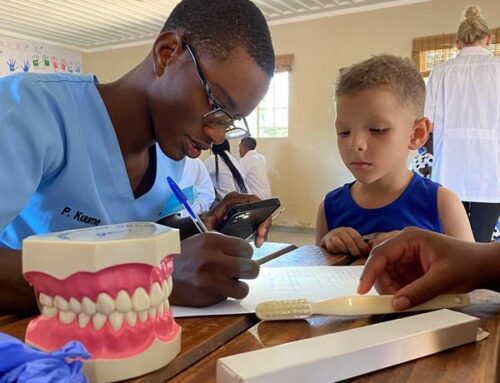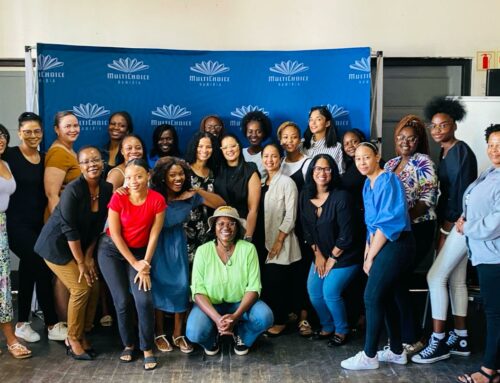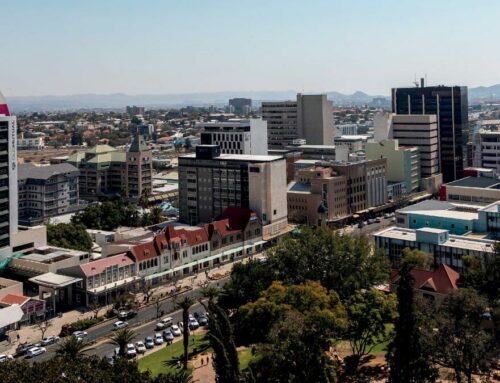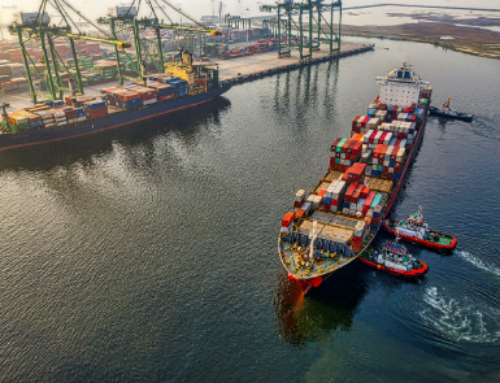In last month’s issue we unpacked the origins of the current economic crisis gripping Namibia. We recounted the combination of external factors and domestic policy errors that contributed to the economy overheating, which has resulted in the depressed climate we find ourselves in. The latest quarterly GDP update (Q2) from the Namibia Statistics Agency (NSA) indicates that the Namibian economy contracted by 2.6% y/y in the second quarter of 2019 and year- to-date output is below that recorded for Q2 2015. The Bank of Namibia (BoN) now expects the Namibian economy to contract by 1.7% in 2019 and to grow by only 0.8% in 2020. Should these forecasts prove accurate, and it seems likely, it would mean that Namibia will have experienced the real GDP per capita decreasing during the five years between 2016 and 2020. The increase in headline unemployment from 27.9% in 2014 to 33.4% in 2018 provides further evidence of a slide in general living standards.
REVIVING THE NAMIBIAN ECONOMY
The policy direction embarked on in 2015 and 2016 damaged investor and business confidence and is arguably responsible for the duration of the crisis. This loss of confidence is glaringly obvious in the 53.5% drop in gross fixed capital formation (capital investment) between 2015 and 2018. Regaining confidence is, in our view, key to emerging from the current crisis. And the Namibian government concurs. In April the president inaugurated a high-level panel (High-Level Panel on the Namibian Economy or HLPNE) tasked to advise him on how best to revive the Namibian economy. The 22-member panel is currently serving on a voluntary basis (i.e. unpaid) until the end of March 2020, a relatively limited timeframe in which to attempt to solve the myriad of challenges that the country faces. Nevertheless, the panel has, by all accounts, been proactive, dedicated and focussed.
One of the first tasks the panel set for itself was to arrange an Economic Growth Summit aimed at restoring business and investor confidence as well as showcasing opportunities for investment in Namibia. The HLPNE hoped to achieve the former goal by expediting guidance on the
confidence as known risks are easier to plan for than unknown ones. Of course, the regulations imposed by even well telegraphed policy could still be detrimental to business and investor confidence.
It is safe to say that partial success was achieved by the HLPNE when the president declared at the summit that the compulsory 25% ownership pillar is to be removed from the empowerment framework. In its previous guise this pillar required that 25% of all businesses should be owned by Previously Disadvantaged Namibians (PDNs), which was met with much resistance. The framework will now only be mandatory when dealing with government and state-owned enterprises. The president said that the framework would be tabled within six months from the date of the summit, thus the end of January 2020. We at IJG see this as a partial success pending the tabling of the final version of this legislation. The above-mentioned announcement is an improvement in terms of guidance and policy clarity from Government, but whether or not this is enough to have the desired impact on business and investor confidence will only be revealed with time.
EASIER ACCESS TO WORK VISAS
Along with the pronouncements on the empowerment policy came similar guidance on the NIP Act, public procurement policy and the drive to attract highly skilled labour through easier access to work visas. In addition to this, a broad array of investment opportunities and infrastructure challenges were promoted at the summit, with the aim of attracting direct investment from abroad as well as domestically. In IJG’s view the policy clarity and directives announced at the summit are a decisive step in the right direction and demonstrate the ability, and political will, behind the HLPNE and Government’s aim of reviving growth in Namibia. These efforts build on the improvements seen in fiscal prudence over the last two years and thus constitute a start in what is likely to be an arduous process of regaining investor and business confidence.
Warren Buffett is quoted as saying, “It takes twenty years to build a reputation and five minutes to ruin it.” We can firmly say that the process of rebuilding Namibia’s reputation as a stable and investable jurisdiction has begun, but many more hurdles will need to be cleared before Namibia again experiences growth levels which produce vast improvements in living standards.
empowerment and investment policies (NEEEF and NIP Act) that have clouded the investment landscape in Namibia for a number of years. This focus aligned well with IJG’s views that these particular policies have played a major role in prolonging the current recession by deterring investment. The natural outcome of policy clarity should be improved business and investor
Eric Van Zyl
Eric van Zyl is the head of research at IJG, an established Namibian financial services market leader. IJG believes in tailoring their services to a client’s personal and business needs. For more information, visit www.ijg.net.

